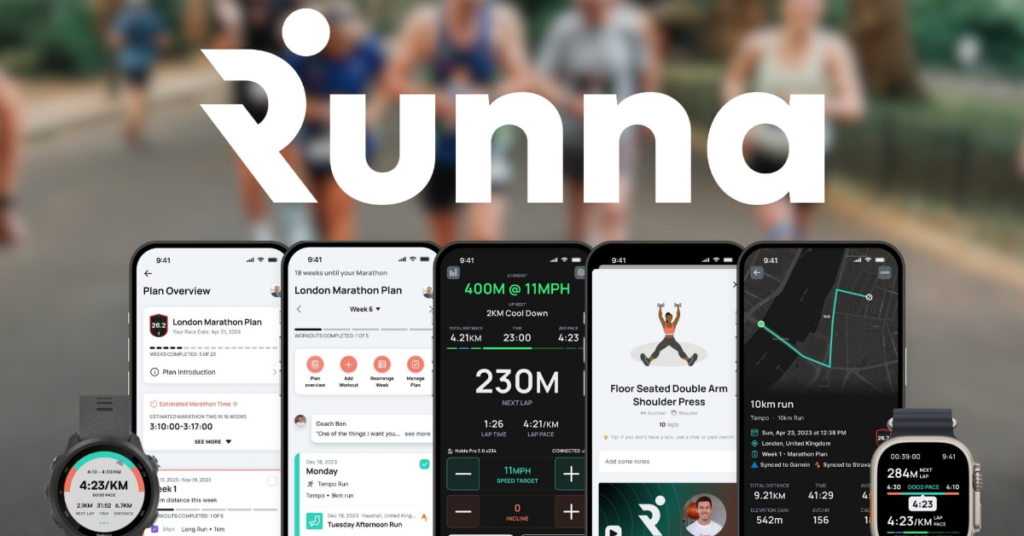Sydney Marathon Becomes 7th Abbott World Marathon Major
The Abbott World Marathon Majors series has officially welcomed a new race — the TCS Sydney Marathon presented by Asics. This inclusion elevates the annual race in Sydney to a world stage, where it joins the elite group of marathons in Tokyo, Boston, London, Berlin, Chicago, and New York. With this announcement, Sydney becomes the […]
Sydney Marathon Becomes 7th Abbott World Marathon Major Read More »





